You’ve likely heard a lot about Ford’s announcement of aluminum for the upcoming redesigned 2015 F-150, but what about the larger F-Series trucks? According to Ford, the 2015 F-Series Super Duty will deliver class-leading horsepower, torque, and towing capacity. To wit:
- The 6.7L Power Stroke turbo Diesel V8, now in its second generation, will put out 440 horsepower and a stump-pulling 860 lb.-ft. of torque.
- The F-350 will be available with a towing package that increases fifth-wheel/gooseneck trailer towing capacity to 26,500 pounds. It also raises the gross combined weight rating to 35,000 pounds.
- The F-450 receives chassis upgrades that raise maximum fifth wheel towing capacity to 26,500 pounds, gooseneck trailer towing capacity to 31,200 pounds, and gross combined weight rating to a resounding 40,000 pounds.
Ford claims the improved tow ratings are a result of designing and engineering the truck as an integrated system.
“Our chassis people work in unison with our powertrain people to develop more than a great truck, it’s a machine engineered for work,” says Doug Scott, Ford Truck group marketing manager. “We’re the only manufacturer that develops and builds our own powertrains in this class and when you combine that with a chassis that’s purpose-built for best-in-class power and torque, you can feel the result in the way it drives, especially when towing big loads.”
A similar thing could be said about its power output, as the Power Stroke turbo diesel is up 40 horsepower and torque up 60 lb.-ft. from before — quite a substantial increase. “The 6.7-liter Power Stroke was already a stout engine,” said Robert Fascetti, Ford vice president powertrain engineering. “The improvements we’ve made essentially give Super Duty customers an engine designed for our larger F-650 and F-750 trucks. They may not realize how tough this engine really is.” Of special note are its compacted graphite iron engine block (which is stronger and lighter than cast iron, is more durable, and has enhanced sealing properties) and reverse-flow layout, which places the exhaust inside the engine’s V-shape while the air intake is positioned on the outside.


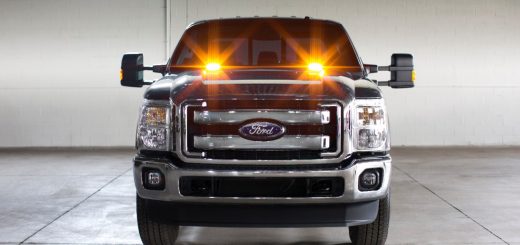
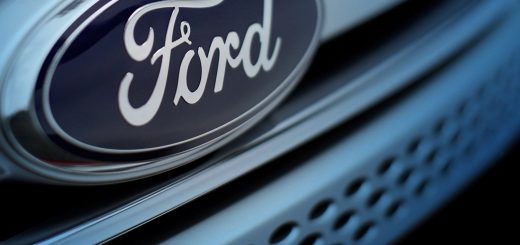
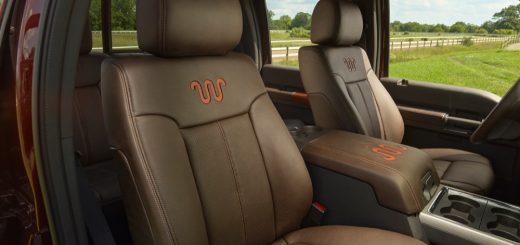
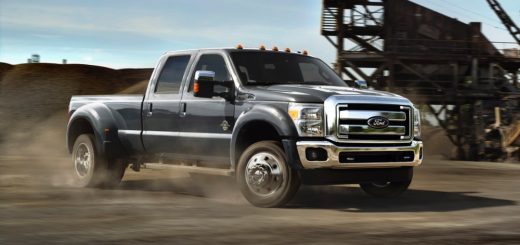
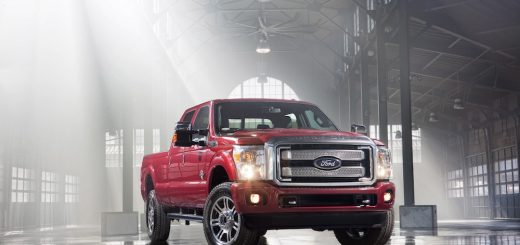
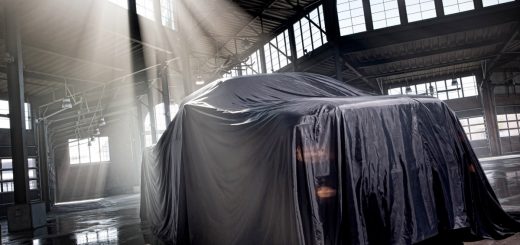






No Comments yet